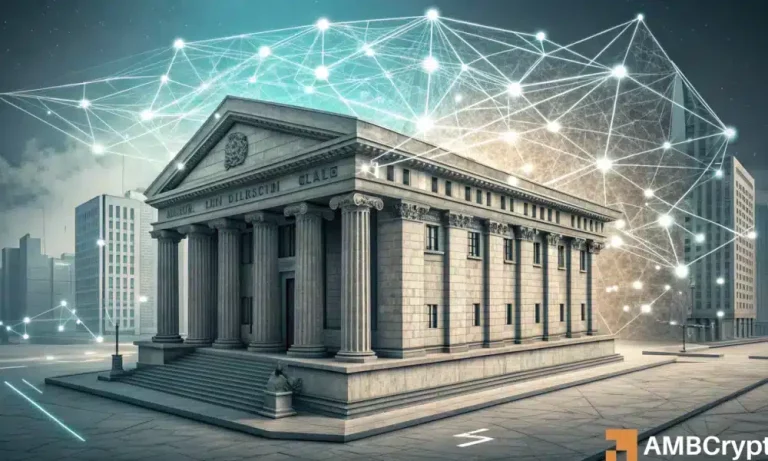
Sustainable Living: Emerging Trends for 2025
Sustainable Living is becoming increasingly important as the world grapples with the challenges of climate change, environmental degradation, and social inequality. As we move into 2025, it’s essential to stay ahead of the curve and explore the emerging trends that will shape the future of sustainable living. In this article, we’ll delve into the latest developments and innovations that will help you live a more eco-friendly lifestyle.
Section 1: Renewable Energy and Energy Efficiency
One of the most significant trends in sustainable living is the shift towards renewable energy sources. As technology improves and costs decrease, solar and wind power are becoming increasingly viable alternatives to fossil fuels. In 2025, we can expect to see a surge in the adoption of renewable energy systems, particularly in the residential sector. Additionally, energy-efficient appliances and smart home devices will continue to gain popularity, helping to reduce energy consumption and lower carbon emissions.
Emerging Trends in Renewable Energy
- Community solar programs: allowing multiple individuals to share the benefits of a single solar array
- Building-integrated photovoltaics: integrating solar panels into building design
- Energy storage systems: enabling greater flexibility and reliability in renewable energy generation
Section 2: Sustainable Food Systems and Zero-Waste Living
Sustainable food systems and zero-waste living are critical components of a sustainable lifestyle. In 2025, we can expect to see a growing emphasis on reducing food waste, increasing food recycling, and promoting sustainable agriculture practices. Additionally, zero-waste living will become more mainstream, with individuals and businesses adopting circular economy principles to minimize waste and maximize resource efficiency.
Emerging Trends in Sustainable Food Systems
- Urban agriculture: increasing food production in urban areas through vertical farming, rooftop gardens, and community gardens
- Regenerative agriculture: promoting soil health, biodiversity, and ecosystem services through sustainable farming practices
- Food recovery and redistribution: reducing food waste by recovering surplus food and redistributing it to those in need
Section 3: Sustainable Transportation and Green Infrastructure
Sustainable transportation and green infrastructure are essential for reducing our reliance on fossil fuels and mitigating the impacts of climate change. In 2025, we can expect to see a significant increase in the adoption of electric and hybrid vehicles, as well as a growing investment in green infrastructure, such as parks, green roofs, and green spaces.
Emerging Trends in Sustainable Transportation
- Electric vehicle charging infrastructure: expanding the network of charging stations to support widespread adoption of electric vehicles
- Autonomous vehicles: developing self-driving cars that can reduce emissions, improve safety, and enhance mobility
- Non-motorized transportation: promoting walking, cycling, and other forms of human-powered transportation through infrastructure investments and urban planning






